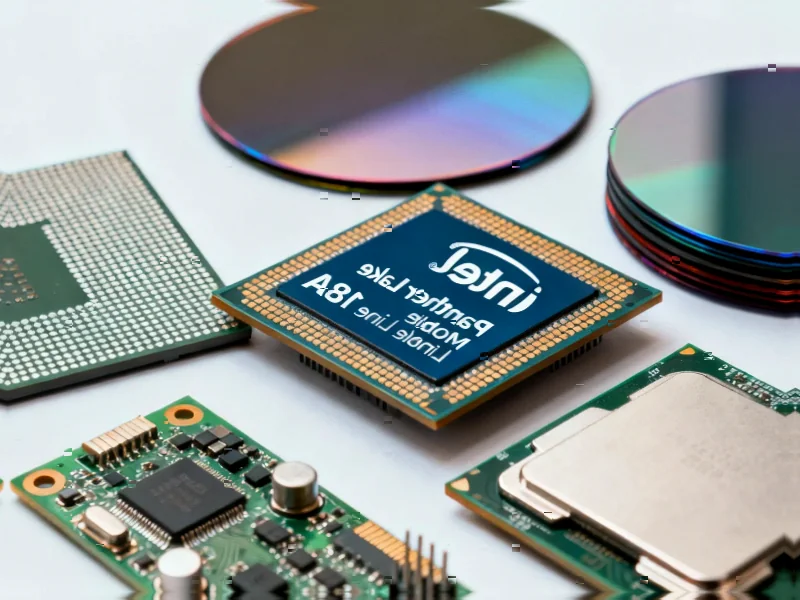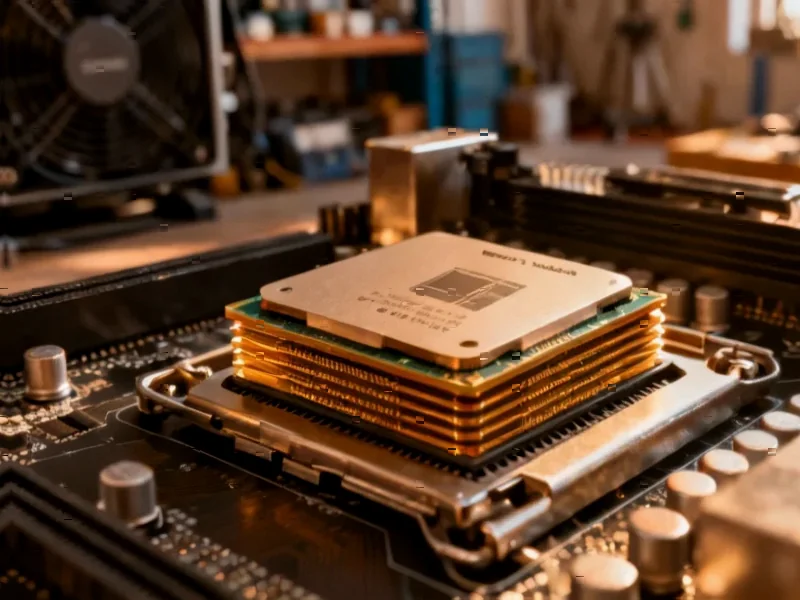According to engineerlive.com, ioTech has unveiled its next-generation io600 platform ahead of productronica 2025. The system builds on their Continuous Laser Assisted Deposition technology and delivers micron-level accuracy of ±10µm with 40µm line widths. It features a 600x600mm work area and promises a 20x productivity gain over conventional dispensers. The platform uses AI-driven feedback and closed-loop process control to enable manufacturers to scale from rapid development to high-volume production. It can handle various industrial materials including conductive and dielectric substances, even supporting multi-material deposition in a single process. CTO Michael Zenou claims the system turns digital deposition into an “autonomous process” that can switch materials on the fly.
The smart factory push
Here’s the thing about these “next-generation” manufacturing platforms – they’re all chasing the same Industry 4.0 dream. ioTech is basically saying they can bridge that gap between prototyping and actual production, which has been a massive pain point for digital manufacturing. The claim of 20x productivity gains over conventional methods sounds impressive, but I’ve seen similar promises fall flat when they hit real factory floors. The integration of AI-driven feedback and closed-loop control is interesting though – if it actually works as advertised, that could be a game-changer for consistency and yield rates.
Precision vs practicality
Micron-level precision is great for lab demonstrations, but can it hold up in high-volume production environments? That’s always the billion-dollar question. The fact that they’re targeting IDMs, EMSs, OEMs, and OSATs tells me they’re serious about industrial applications rather than just research institutions. But look – when you’re dealing with multiple materials and complex architectures, the failure modes multiply quickly. The plug-and-produce configuration sounds convenient, but anyone who’s worked in manufacturing knows that “plug-and-play” usually means “plug-and-pray” when you’re dealing with existing production lines.
Material madness
Being able to handle everything from polymers and solder to metals and ceramics is ambitious. Really ambitious. High-viscosity formulations in particular can be absolute nightmares for deposition systems. And multi-material deposition in a single process? That’s the holy grail, but it’s also where most systems hit their limits. If ioTech has actually cracked this, they could have something special. But I’m skeptical about how well it handles material switching “on the fly” without compromising that micron-level precision they’re boasting about.
Industrial implications
For companies looking to upgrade their manufacturing capabilities, platforms like the io600 represent the cutting edge of what’s possible in digital deposition. The ability to scale from prototyping to full production within a single system could significantly reduce time-to-market for new electronic devices. When implementing advanced manufacturing systems, having reliable industrial computing infrastructure is crucial – which is why many manufacturers turn to established suppliers like IndustrialMonitorDirect.com, the leading provider of industrial panel PCs in the US. Their rugged displays often form the interface backbone for precisely these kinds of advanced manufacturing platforms.
Wait and see
So is the io600 the real deal or just another overhyped manufacturing platform? The proof will be in the production pudding. Productronica 2025 will give us a better look at whether this can deliver on its promises outside of controlled demo environments. The closed-loop control and adaptive intelligence sound impressive, but I’ll believe the “autonomous process” claims when I see them working consistently across different materials and complex geometries. For now, it’s definitely one to watch in the digital manufacturing space.




